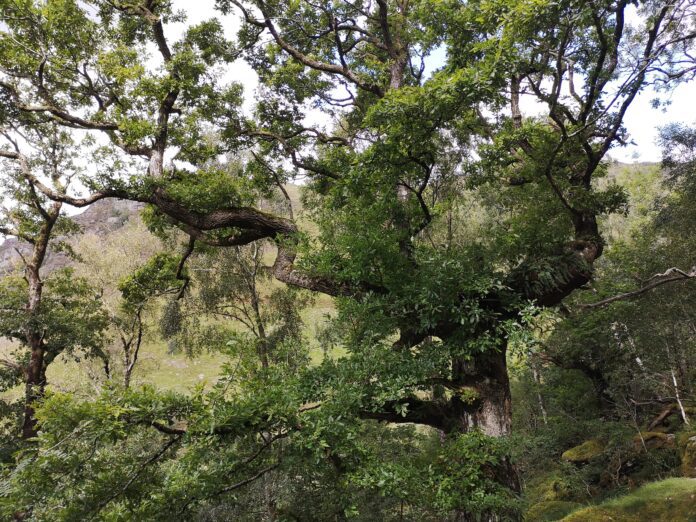A Swansea University ecologist is part of the team behind an important new online tool which reveals just how the biodiversity of regions has changed over time.
Professor Luca Borger, of the Biosciences Department, is an expert in assessing how environmental change impacts on local and global biodiversity and examining how to develop policies for sustainable life on earth.
He is a partner in the PREDICTS: Projecting Responses of Ecological Diversity In Changing Terrestrial Systems project, based at the Natural History Museum in London and led by Professor Andy Purvis.
The team developed the Biodiversity Intactness Index, the scientifically rigorous metric highlighted at the launch of the Museum’s Biodiversity Trends Explorer. Scientists hope this online tool will be a vital resource for policymakers meeting at 2021 UN Biodiversity Conference (COP 15) as they assess the state of local ecosystem biodiversity across the world.
Their research has revealed the world’s biodiversity has fallen below the ‘safe limit’ as habitat destruction and agriculture take their toll on nature. Shockingly the UK is now in the bottom 10 per cent of the world’s countries with only half of its entire biodiversity left.
Professor Borger warned that governments needed to take urgent and decisive actions,
along with actions to impede further rapid global change, which critically includes climate change.
He said: “This is not the time for any more grandiose yet empty promises by politicians, especially not by the UK government, given it is among the bottom of all nations for the intactness of its biodiversity.
“Biodiversity supports ecosystem processes, including those which provide resources and life support services to us humans.
“The available evidence so far suggests that if biodiversity intactness is below 90 per cent, the safe limits are breached to avoid the risk that ecological conditions across the planet deteriorate critically, affecting the safe boundaries for life on earth.”
Professor Borger has been part of the PREDICTS project since 2013 and says its aim is to quantify global patterns of how biodiversity responds to local land use change, for example the transition from primary forest to agricultural land.
He said: “Doing this involved devising appropriate statistical models, which has been one of my main contributions. We have assembled a very large database of local biodiversity at thousands of sites around the world, which we used to develop these statistical models.
“More recently we combined these models with a set of environmental variables to obtain a new metric, the Biodiversity Intactness Index. With this we have been able to quantify how much different nations have been able to maintain their level of biodiversity, given changes to how they have used their land, and can also predict future changes under different scenarios of future global change.
“Using this we showed that, as a consequence of changes to land use triggered by the industrial and agricultural revolutions, developed nations have retained only a low level of their natural biodiversity, with the worst situation here in the UK.”
However, he did offer some hope for the future: “Currently, average biodiversity intactness is 75 per cent globally, and 53 per cent in the UK, which is certainly very concerning. But it is still possible to rebound from this and rebuild safer conditions, but decisive, urgent action is needed.”
Professor Borger’s latest piece of research on the theme has just been published by online journal Scientific Reports and explores annual changes in the Biodiversity Intactness Index in tropical and subtropical forest biomes.

| [donate]
| Help keep news FREE for our readersSupporting your local community newspaper/online news outlet is crucial now more than ever. If you believe in independent journalism,then consider making a valuable contribution by making a one-time or monthly donation. We operate in rural areas where providing unbiased news can be challenging. |




















